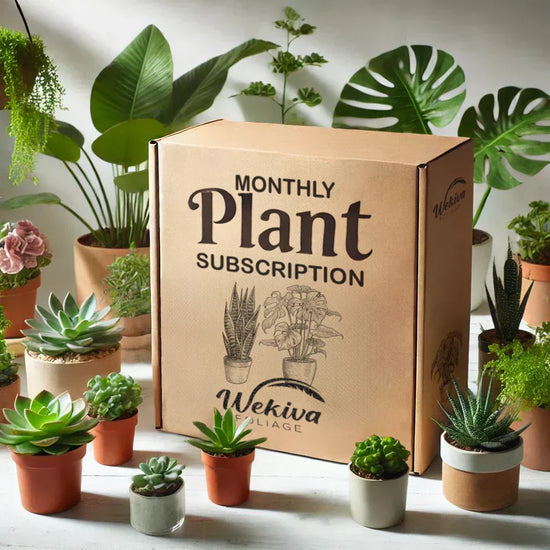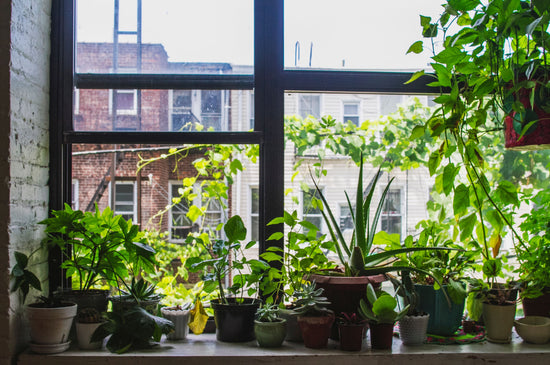Are You Watering Your Plants Enough?
Watering your plants might seem straightforward, but ensuring they get the right amount of water can be a bit more nuanced. Both underwatering and overwatering can harm your plants, so finding the balance is crucial. Here’s a guide to help you determine whether your plants are getting enough water and how to adjust your care routine for healthier, happier plants.
Signs Your Plants Aren’t Getting Enough Water
- Dry, Crispy Leaves: Leaves turn brown or crispy, especially at the edges or tips, as the plant struggles to maintain hydration.
- Wilting: A lack of water causes the plant to droop, making stems and leaves appear weak or lifeless.
- Slow Growth: Insufficient water can stunt growth, leading to fewer new leaves or flowers.
- Soil Pulling Away from the Pot: Severely dry soil can shrink, leaving gaps between the soil and the pot’s edges.
How to Tell If You’re Watering Enough
- Check the Soil: Insert your finger about an inch into the soil. If it feels dry, it’s time to water. For plants with deeper roots, use a moisture meter to assess soil hydration levels.
- Observe Your Plant: Wilting, yellowing, or curling leaves can indicate water issues. Note the plant’s appearance before and after watering to see if it perks up.
- Monitor Water Absorption: When watering, check how quickly the water drains. If the soil immediately dries out or water runs through too fast, the plant might not be absorbing enough moisture.
How to Water Properly
- Water Thoroughly: Ensure the water reaches the entire root system. Continue watering until you see it draining from the bottom of the pot.
- Use the Right Amount: Provide enough water to moisten the soil evenly without leaving it soggy. Avoid shallow watering, which doesn’t reach deeper roots.
- Water at the Right Time: Morning watering is ideal as it gives plants time to absorb moisture before the heat of the day.
- Adjust for Plant Type: Some plants, like succulents, need less water, while tropical plants like ferns prefer consistent moisture.
Tips for Avoiding Watering Mistakes
- Choose the Right Pot: Use pots with drainage holes to prevent waterlogging and root rot.
- Match Watering to Light Levels: Plants in brighter areas dry out faster and need more frequent watering, while those in low light require less.
- Know Your Plant’s Needs: Research your plant’s specific watering preferences. For example, monstera plants prefer the top inch of soil to dry out, while peace lilies thrive in consistently moist soil.
- Don’t Rely on a Schedule: Watering schedules can vary based on season, humidity, and plant size. Always check the soil before watering.
FAQs About Watering Plants
Q: Can I water my plants on the same schedule year-round?
A: No. Plants often need less water in winter when growth slows and more in spring and summer during their active growing phase.
Q: How do I avoid overwatering while ensuring my plant gets enough water?
A: Check soil moisture regularly and water only when the top layer feels dry. Ensure your pot has proper drainage.
Q: What if I accidentally underwater my plant?
A: Slowly rehydrate the soil by watering in small amounts over several hours to avoid shocking the plant.
Q: Is misting a substitute for watering?
A: Misting can increase humidity but doesn’t replace proper soil watering. Use it as a supplement for humidity-loving plants.
By understanding your plant’s water needs and observing its behavior, you can provide just the right amount of hydration. With consistent care, your indoor garden will thrive, showcasing vibrant, healthy greenery.





